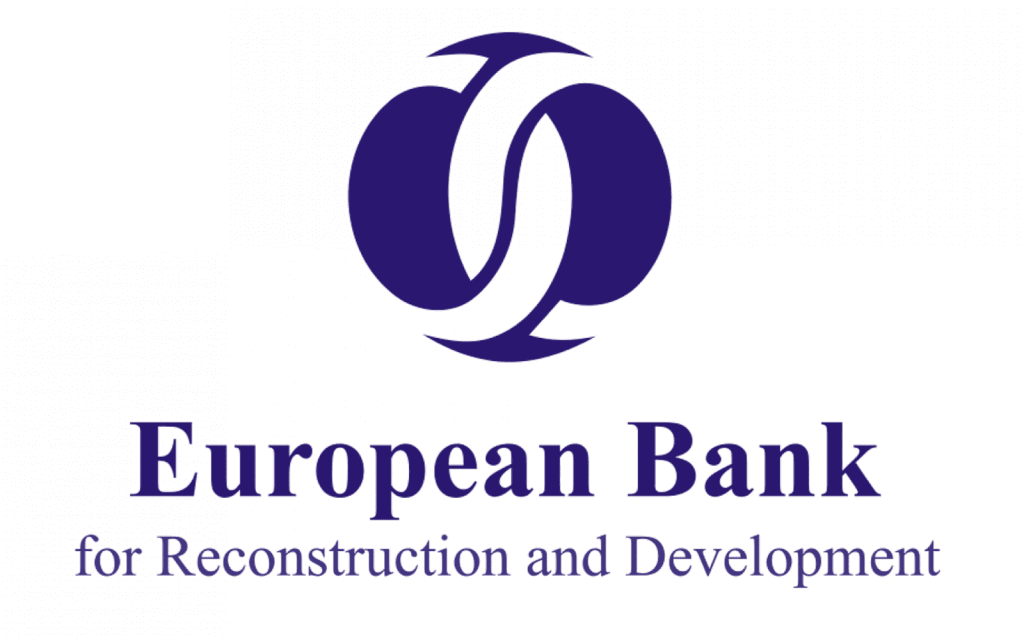Viewing results 7 - 12 of 294
To cover the costs of silkworm care and the weeding of cotton, money is being collected from employees of state institutions in the Mary region, according to a report by Radio Azatlyk. According to a verbal order issued by the authorities, 100 manat is being collected from each government employee for the cost of silkworm care - and 30 manat for weeding. Many workers at state institutions are dissatisfied with yet another example of extortion, but say they have no choice but to comply. According to an employee of one local state organizations, if any employee refuses to hand over the money, a report will be written on him or her. Employees who don't agree with the collection of money are accused of opposing public policy, which can lead to their dismissal under various false pretexts. "It is already very difficult to find a job now. Therefore, the majority of public sector workers are forced to agree to submit to the authorities' next levies. If you write a report on one worker, the rest of them immediately agree to any demands," the anonymous government worker said. According to a presidential decree signed in February, Turkmenistan plans to produce 2,100 tons of silkworm cocoons this year. Meanwhile, cotton sowing projects also continue.
Turkmenistan has completely overtaken Uzbekistan in the market for greenhouse tomatoes in Tajikistan, according to a report by the EastFruit agricultural news portal. Analysis revealed that Turkmen tomatoes are winning due to competitive pricing and also, their attractive appearance and modern packaging. Despite problems related to the cultivation of tomatoes grown in Tajikistan's greenhouses this season, the price has remained at a record low for this time of the year. The average wholesale price for one kg is currently just $1.46 -- and further price reductions are expected in the near future, notes EastFruit. In Tajikistan, which currently imports the majority of greenhouse tomatoes it consumes, the wholesale price is significantly lower ($1.9 per kg) than in Uzbekistan, which is still the main regional exporter. The EastFruit portal notes that today, greenhouse tomato prices in Central Asian countries are not much lower than in Eastern European countries. It also reports that further development of energy-efficient greenhouse technologies will allow countries with colder climates to remain relatively highly competitive and moreover, local consumers are generally willing to pay more for the fresh taste of greenhouse-grown vegetables.
Kyrgyzstan's national payment system, Elkart, and Uzbekistan's Humo payments platform intend to launch a project on mutually acquiring, or guaranteeing payment security and authorizations according to Kyrgyzstan's Interbank Processing Center (IPC). The agreement was reached at a meeting in Tashkent. "We are going to develop payment systems and create an ecosystem in our countries. This project will open new horizons for the development of not only financial infrastructures of Kyrgyzstan and Uzbekistan, but will also give impetus to the development of many spheres of activity of the two states," said Kanykei Zhamangulova, Chair of the Board of the Kyrgyz IPC. Payment organizations of the two countries have been negotiating a mutual acquiring framework since last summer. At the last meeting in Bishkek, the parties agreed on money transfers and internet payments. "An agreement was reached to start a joint project for step-by-step realization of the set goals and mutual exchange of experience in acquiring, issuing and combating fraudulent transactions," Shukhratbek Kurbanov, director of the Humo payment system, said at the time. Citizens of Uzbekistan and Kyrgyzstan will be able to pay with their cards in the other of the two countries without additional commissions, he said. However, the exact launch date of mutual acquiring services wasn't announced. The cross-border payments plan is advancing as relations between Bishkek and Tashkent were further warmed by the demarcation of the two states' international border. This key step put an end to decades of border disputes that had persisted since the end of the Soviet period.
In Tajikistan, specialists are leaving the important sphere of land reclamation and irrigation due to low salaries. In the last five months alone, 1,000 employees of the Land Reclamation and Irrigation Department (LRID) in Sughd Province have quit their jobs. That could mean trouble for the agricultural sector sooner rather than later. As Asia-Plus reports, subordinate enterprises under the Land Reclamation and Irrigation Agency are among the main debtors to the tax authorities. Their debt at the beginning of the year is 83.8 million somoni ($7.7 million) - and more than 80 million also belongs to the energy sector. For the first quarter of 2024, the Agency's wage arrears amounted to about 1.7 million somoni. "This is primarily due to the fact that water users do not pay or delay payment for reclamation services. Today, the debt of water users amounts to 95.6 million somoni," according to the Soghd regional leadership. More than 5,600 people work in Tajikistan's land reclamation and irrigation sector. The average salary of employees is about 850 somoni per month ($78), and in the regions that salary hasn't been paid for months. Only during the irrigation season can employees of local water management organizations go to the fields and collect money for irrigation services rendered. Those proceeds often pay rank-and-file workers' salaries. In order to pay their employees, managers of local water management organizations let them use equipment (excavators, tractors, trailers, etc.) that's available in order to make money. There are 779 units of machinery of different brands on the balance sheet of the subordinate enterprises of the Agency, 350 of which are so outdated they are no longer suitable for use. The sad state of affairs in the Land Reclamation and Irrigation Agency and its subordinate organizations has become a key reason for the mass departure of employees As a consequence, the Agency is facing a crippling staff shortage, with some water pumping stations employing 5-6 people instead of the 18 needed. The department plans to increase salaries for its specialists - especially young personnel - at the expense of payments for water supply. However, most water consumers are also unable to pay for irrigation, thereby threatening the wage increases before they even begin - meaning both problems may yet persist in tandem.
The European Bank for Reconstruction and Development's (EBRD) Women in Microbusiness training program is being launched in Kazakhstan to support women entrepreneurs facing social or economic obstacles in their business activities. Statistics show that whilst women manage 49 percent of all micro and small-sized businesses in Kazakhstan, their representation in medium and large business sectors is only 36 percent and 19 percent, respectively. Reporting on the initiative, Alma Kasymova, head of the EBRD's SME (small- and medium-sized enterprises) Program in Kazakhstan, stated, "Our main goal and mission is to empower women entrepreneurs to grow and develop their micro-enterprises through affordable and quality training. We are confident that this program will help participants to expand their competencies and open new perspectives in larger business segments." The training, conducted online in Kazakh and Russian, will run for five months and comprise six business modules in marketing, sales, finance, human resources, operational management, strategic planning, as well as automation and the use of artificial intelligence (AI). Participants will be able to enrol at any time convenient for them. . Welcoming its launch, an EBRD spokesperson announced, "This is the third implementation of the program -realized in collaboration with the training and consulting company Dialog . Previous projects allowed almost 1,500 women entrepreneurs to strengthen their skills and improve their businesses. "
The Parliament of Kazakhstan has approved an increase in the cost of transit of Russian oil across Kazakhstan to China. At the same time, the volume of transportation will increase to ten million tons annually from the previous figure of seven. The document amends the agreement between Kazakhstan and Russia on the transportation of hydrocarbons through the territory of the Republic. The prior agreement was signed in December 2013. According to the new amendments, the tariff for transit on the pipeline section Tuimazy-Omsk-Novosibirsk (TON) will be set at $2.1 per ton, and through the territory of Kazakhstan - $15 per ton. According to Senator Suindik Aldashev, the agreement will be valid until January 1, 2034. Earlier, Kazakhstan Energy Minister, Almasadam Satkaliev said that Rosneft has signed an agreement with SNPS-Aktobemunaigas, which is controlled by the China National Petroleum Corporation (CNPC), to supply 100 million tons of oil over a period of ten years. The extension of the agreement will ensure that the Pavlodar petrochemical refining plant will be loaded with oil that comes through the Omsk-Pavlodar pipeline. It's forecasted that the Kazakh side's profit from transportation tariffs could reach $1.7 billion.








